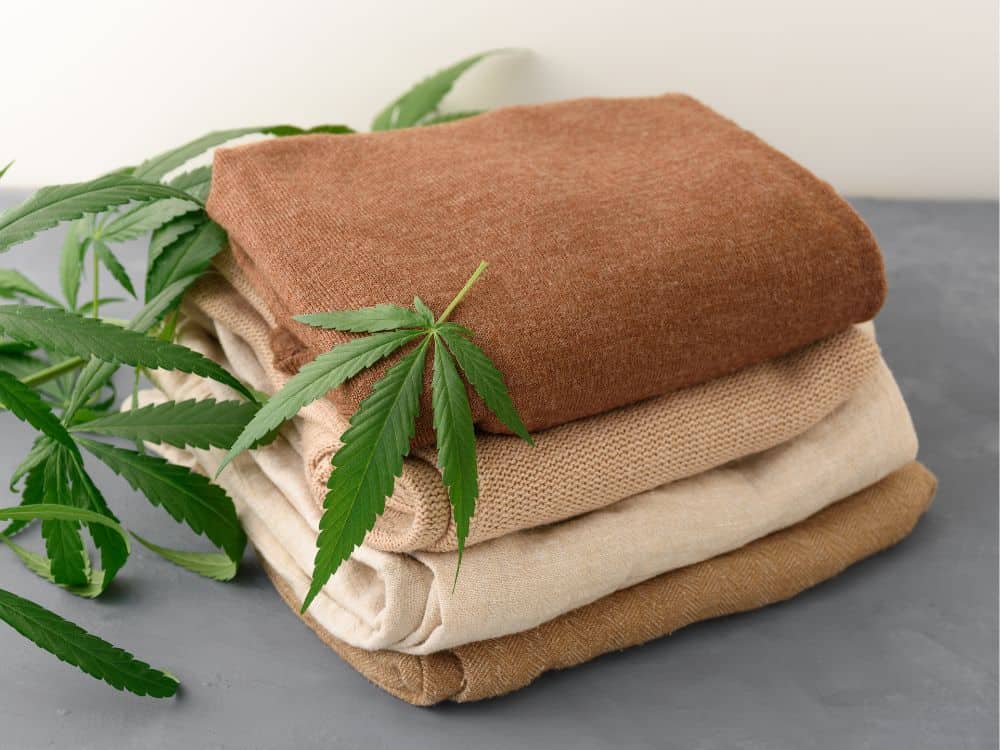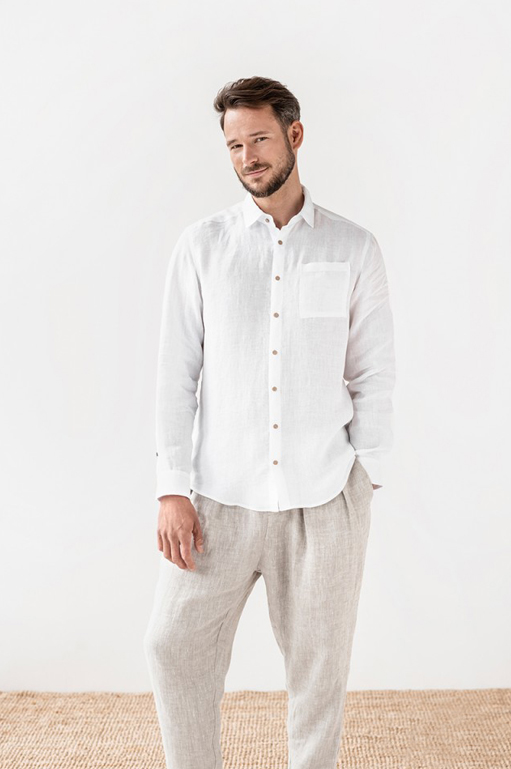Best Info For Deciding On Hemp Clothing
Wiki Article
What Are The Environmental Benefits Hemp Clothing With A Low Impact?
Clothing made of low impact hemp fiber offers a variety of environmental advantages when compared with other textiles. This is the case for clothing made using synthetic fibers or traditional cotton. Hemp clothing offers a number of key environmental advantages. It grows quickly and requires little water, pesticides, and herbicides in comparison to other crops. Hemp thrives in a variety of climates. It also is able to adapt to soil varieties.
Reduced Water UsageLower Water Consumption Hemp typically requires significantly less water than conventional cotton, which is famous for its high water consumption. It makes hemp a more efficient choice for production of clothing.
Hemp can be grown without herbicides or pesticides. In many instances this helps reduce the impact on the environment of chemical farming.
Soil Health Hemp cultivation can enhance soil health thanks to its deep root system which can help prevent soil erosion and compaction. It also keeps the soil in a better state to grow future crops.
Biodegradability - Hemp fibers break down and decompose naturally in time. This reduces the environmental burden from textile waste. In contrast, synthetic fibers like polyester will degrade over the course of hundreds of year.
Low Carbon Footprint - The hemp fibers have a smaller carbon footprint than synthetic materials. Hemp can also act as a sink for carbon dioxide through the absorption of carbon dioxide from air during the process of growing.
Hemp clothes can last many years. Good quality hemp clothing lasts for an extended time, decreasing the need to replace them regularly.
Hemp plants show natural resistance to many insects. Chemical pest control is not required.
Hemp is a versatile fabric, since it is used in a variety of textile applications including clothing, bags and accessories. It's a sustainable and fashionable textile.
Regenerative Agriculture- Some sustainable farming practices include hemp into systems of regenerative agriculture, which aim to improve and restore the ecosystem while also producing crops. This can have a positive impact on the environmental.
The overall sustainability of clothing is dependent on many factors such as the process of dyeing and transportation as well as consumer behaviour. Additionally, just like in any other sector the standards of production and methods are subject to change. To ensure that you're getting the greatest environmental benefit, look for organic hemp clothing that is sustainable and organic. Read the top koraoutdoor.com outdoor clothing for site tips including hemp clothing, hemp jeans, hemp tee shirts, hemp fabric clothing, hemp button down shirt, hemp shirts wholesale, hemp work pants, patagonia hemp island pants, mens hemp trousers, hemp work pants and more.

How Do Hemp Fibers Improve In Carbon Sequestration, Sustainability And Crop Rotation?
Carbon Sequestration Hemp fibers provide numerous environmental benefits which include the sustainability of crops, crop rotation and carbon sequestration.
Rapid growth- Hemp is a fast-growing plant that matures in approximately 70 to 120 days, dependent on the variety and growth conditions. During its rapid growth phase, hemp plants absorb carbon dioxide (CO2) from the atmosphere in order to photosynthesis. This carbon uptake could significantly lower CO2 levels through the sequestration of it.
The hemp's capacity for high biomass production is well-known. The plant's tall stalks and dense foliage create a substantial quantity of organic matter. The biomass, when integrated in the soil or used to make various products, can contribute to a buildup of carbon.
Sustainability:
Hemp crops need less chemical pesticides and herbicides when compared to other crops like cotton. Its natural resistance reduces its need for chemical interventions. The hemp industry that is organic, specifically, focuses on sustainability by avoiding synthetic chemicals.
Hemp is a great water-efficient crop, especially when compared with water-intensive crops such as conventional cotton. It is therefore more sustainable in regions that have limited water resources.
Hemp's deep-rooted system can improve the health of the soil. The roots of Hemp can prevent erosion by stabilizing soil structure, and also reducing runoff. Hemp cultivation can also enhance the activity of soil microbial organisms by promoting the cycle of nutrient and overall soil fertility.
Hemp may be included in crop rotation. Crop rotation is a technique which involves rotating various crops over time in the same area. This practice helps break cycle of disease and pests as well as reduce soil erosion and improve the soil structure. Hemp's role in crop rotation is a key factor in the sustainability of farming practices.
The rotation of the crop-
Hemp can be a great addition to crop rotations alongside other crops, like grains, legumes, or vegetables. This will aid in maintaining the soil's health. It also decreases the risks of attracting pests and diseases that are particular to the crop and encourage balanced nutrition cycling.
Hemp's deep root system can penetrate the soil and aerate it, reducing compaction, while increasing water infiltration. Following the harvest of hemp the improved soil structure will benefit the later crops in the succession.
In short, hemp fibers improve carbon sequestration, sustainability, and crop rotation techniques through their rapid development, production of biomass low chemical requirements, high water efficiency, positive effects on soil health and compatibility with crop rotation methods. This makes hemp cultivation an environmentally friendly and sustainable agricultural practice. See the top rated hemp clothes for blog info including hemp t shirt mens, hemp fleece fabric, hemp apparel, mens hemp clothing, hemp garments, 100 hemp clothing, hemp apparel, hemp textiles, hemp jeans mens, mens hemp clothing and more.

What Are The Advantages Of Bamboo Clothing For Environmental Sustainability And Comfort?
Bamboo clothing comes with many benefits when it comes to both comfort and the environment. Comfort-
Bamboo fabric is renowned for its softness. It is silky smooth texture that feels good against the skin. A majority of people find bamboo clothes to be luxuriously soft and comfortable, which makes it a popular choice for intimate clothes, loungewear, and activewear.
Breathability Bamboo fibers naturally breathe and help to wick away moisture. Micro-gaps permit air circulation, keeping you cool in hot weather. Moisture wicking helps to draw sweat away from the skin.
Bamboo clothing is great for thermoregulation. It helps keep you warm during cooler temperatures by trapping heat closer to your body. In hot temperatures, it can help you keep cool by allowing heat and moisture to escape. Because bamboo is able to adjust to a variety of temperatures, it's perfect for any season.
Hypoallergenic - Bamboo fabric is natural hypoallergenic. It's also gentle on skin that is sensitive. It is less likely to cause skin irritation or allergic reactions.
Bamboo fibers are resistant to odors thanks to their natural antimicrobial properties. Bamboo clothing is fresh even when you are physically active.
Environment-
Sustainability- Bamboo can be a sustainable and renewable resource. Bamboo is one of the fastest growing plants on the planet. It grows with minimal water usage and doesn't need any pesticides. Bamboo is harvested without killing it as its roots regenerate.
Bamboo is naturally water-efficient. Bamboo can survive on very little water, and it can also grow without rainwater.
Biodegradability. Bamboo clothes are biodegradable. They naturally break down over time. This property reduces the amount of nonbiodegradable textiles that end in landfills.
Carbon Sequestration Bamboo plant are able to absorb carbon dioxide (CO2) in the course of rapid growth. Bamboo can serve as a carbon sink to aid in reducing climate change.
Chemical Reduction- The manufacture of bamboo fabric typically involves the use of fewer chemicals and processing procedures compared to other textiles, thus reducing the environmental impact resulting from textile manufacturing.
Closed-Loop Production- A few bamboo fabric production processes utilize closed loop systems that reuse and recycle water and chemicals, thus reducing waste and pollution.
Be aware that the effects of bamboo clothing on the environment can differ depending on the type of manufacturing process used and whether bamboo was sourced ethically and sustainable from bamboo forests. To ensure the highest environmental benefits, consumers should look for bamboo clothing that is produced using eco-friendly and ethical methods. Read the top enquiry for bamboo clothes for site recommendations including mens boxer shorts bamboo, short bamboo, bamboo clothing underwear, bamboo clothing sustainable, dixxon bamboo shirt, halloween bamboo pajamas, bamboo maternity, bamboo workout clothes, bamboo clothing underwear, bamboo cay christmas shirts and more.
